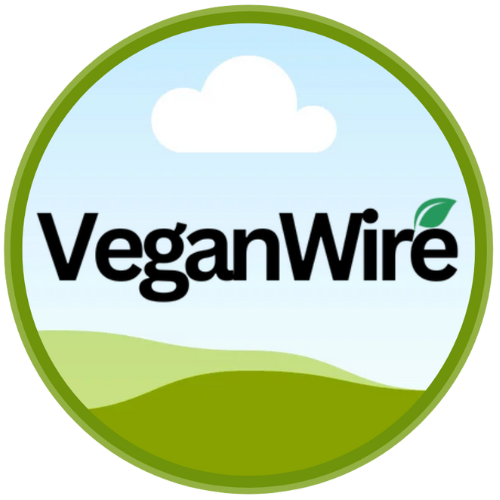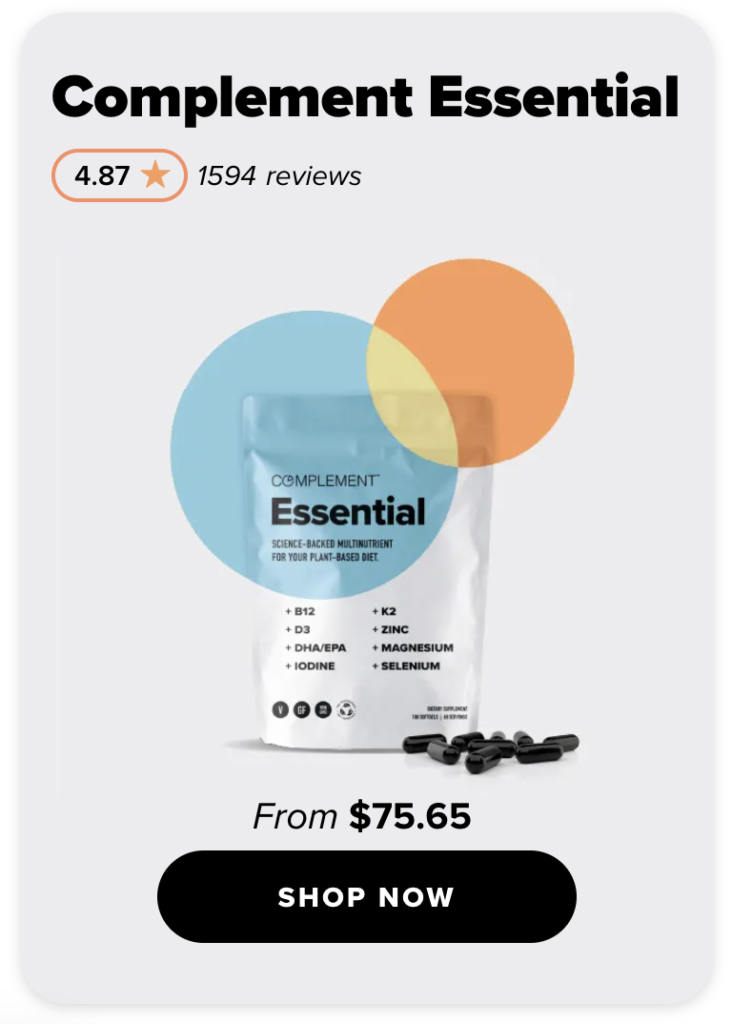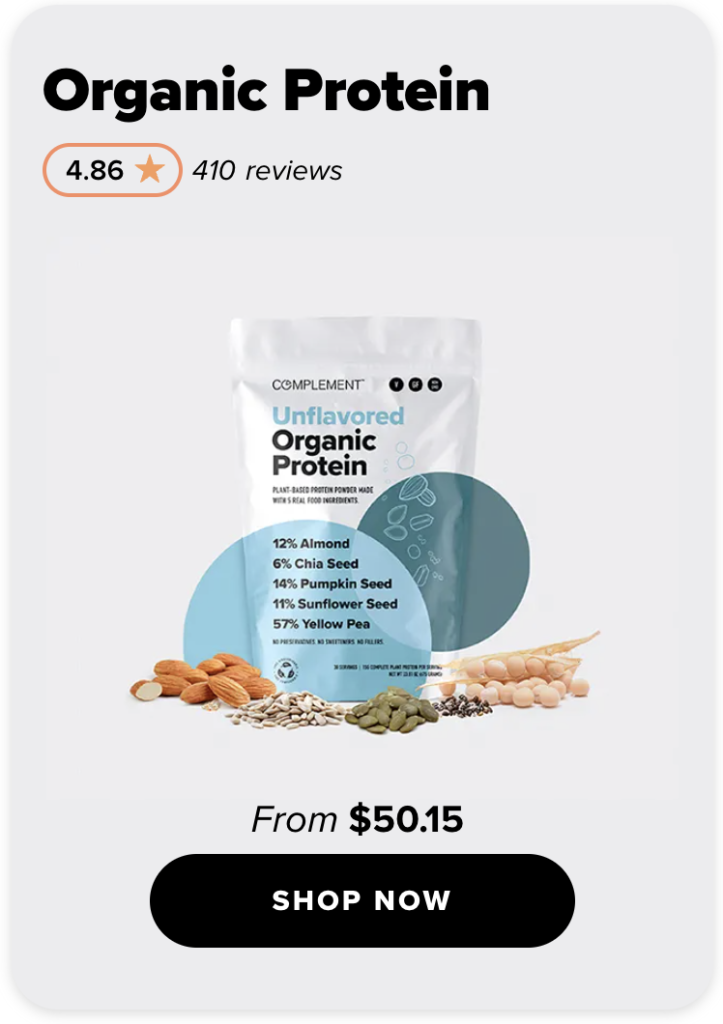Soy is a staple in many diets around the world and is used in a variety of products, from tofu and soy milk to protein powders and meat alternatives. However, despite its popularity, there is a lot of controversy surrounding it and its effects on health. In this post, we will explore the evidence for and against in order to help you make sense of the controversy and make informed decisions about whether or not to include it in your diet.
The Health Benefits of Soy
Soy is a good source of protein, which is essential for building and repairing tissues in the body. It also contains a number of other nutrients, including fiber, vitamins, and minerals. In addition to these basic nutritional benefits, it has also been shown to have a number of other health benefits.
One of the most well-known benefits is its ability to lower cholesterol levels. Studies have shown that consuming soy protein can lower total cholesterol and LDL (bad) cholesterol levels, which can help to reduce the risk of heart disease (1, 2).
Soy is also a good source of isoflavones, which are a type of phytoestrogen. These compounds have been shown to have a number of potential health benefits, including reducing the risk of breast cancer (3, 4). They may also help to alleviate menopausal symptoms, such as hot flashes and night sweats (5, 6).
Soy has also been shown to have anti-inflammatory effects, which may help to reduce the risk of certain chronic diseases, such as arthritis and Alzheimer’s disease (7, 8).
The Potential Risks
Despite the many potential health benefits of soy, there are also some concerns about the risks associated with consuming soy products. One of the main concerns is the presence of phytoestrogens, which some researchers believe may have negative effects on health.
One of the main concerns about phytoestrogens is that they may disrupt the endocrine system, which is responsible for regulating hormone levels in the body. This could potentially lead to a number of health problems, including infertility, breast cancer, and thyroid dysfunction (9, 10, 11).
Another concern is that soy products may contain high levels of toxins, such as pesticides and heavy metals (12, 13). These toxins can accumulate in the body over time and may have negative effects on health.
Finally, some people may be allergic to soy, which can cause a range of symptoms, including hives, itching, and difficulty breathing (14).
Making Sense of the Controversy
As with many controversial health topics, the debate over soy consumption is complex and multifaceted. While there are certainly some potential risks associated there are also a number of potential health benefits.
One way to make sense of the controversy is to look at the overall body of evidence. While there are certainly some studies that have raised concerns about soy consumption, there are also many studies that have shown that it can be a healthy addition to the diet.
For example, a review of studies on soy and breast cancer published in the Journal of the American Medical Association found that consuming soy products is not associated with an increased risk of breast cancer (15). Similarly, a review of studies on soy and thyroid function published in the American Journal of Clinical Nutrition found that consumption does not appear to have negative effects on thyroid function in healthy adults (16).
Another important factor to consider is the context in which soy is consumed. For example, consuming moderate amounts of products such as tofu and edamame, is likely to be safe and may even have health benefits. However, consuming large amounts of soy protein powder or consuming products that have been highly processed, may have a different impact on health.
It’s also worth noting that the evidence for soy’s potential risks and benefits may also vary depending on the population being studied. For example, studies on soy and breast cancer have primarily been conducted on Asian women, who typically have a higher intake of soy in their diets compared to women in Western countries. Therefore, the results of these studies may not be directly applicable to Western populations.
When it comes to soy and hormone-sensitive cancers, such as breast and prostate cancer, the evidence is still inconclusive. While some studies suggest that it may have a protective effect, other studies have suggested that it may increase the risk of these cancers. More research is needed in this area to understand the potential risks and benefits.
Conclusion
Soy is a popular and versatile food that has been consumed for centuries. While there is a lot of controversy surrounding it and its effects on health, the overall body of evidence suggests that consuming moderate amounts of soy products is likely to be safe and may even have health benefits. However, it’s important to keep in mind that the evidence may vary depending on the population being studied and the context in which it is consumed. It is always wise to consult with a healthcare professional before making any significant changes to your diet.
References:
- Sacks FM, et al. (2006). Soy protein, isoflavones, and cardiovascular health: an American Heart Association Science Advisory for professionals from the Nutrition Committee. Circulation. 114(7):2555-2559.
- Anderson JW, et al. (1995). Meta-analysis of the effects of soy protein intake on serum lipids. N Engl J Med. 333(5):276-282.
- Messina M, et al. (2006). Soy isoflavone intake and breast cancer risk: a review of the in vitro and in vivo data. Nutr Cancer. 55(2):1-11.
- Taku K, et al. (2010). Soy isoflavones and breast cancer prevention: a review of the clinical trial data. Breast Cancer. 17(1):1-11.
- Albertazzi P, et al. (1998). The effect of dietary soy supplementation on hot flashes. Obstet Gynecol. 91(5):6-11.
- Howes LG, et al. (2015). A systematic review of the effects of soy isoflavones on menopausal symptoms. Maturitas. 80(1):18-28.
- Li D, et al. (2015). Soy isoflavones for the primary and secondary prevention of osteoporotic bone fractures in postmenopausal women. Cochrane Database Syst Rev. (10):CD004519.
- Wang H, et al. (2015). Soy isoflavones for Alzheimer’s disease. Cochrane Database Syst Rev. (1):CD003848.
- Messina M, et al. (2010). Soy and health update: evaluation of the clinical and epidemiologic literature. Nutrients. 2(12):1209-1240.
- Thigpen AE, et al. (2004). The effects of soy protein and phytoestrogens on plasma lipids in normocholesterolemic and hypercholesterolemic postmenopausal women. J Clin Endocrinol Metab. 89(6):3055-3059.
- Doerge DR, et al. (2002). Inactivation of thyroid per oxidase by isoflavones in vitro and in vivo. J Chromatogr B Analyt Technol Biomed Life Sci. 777(1-2):269-279. 12. Liao C, et al. (2010). Determination of pesticides in soybean samples from China by liquid chromatography-tandem mass spectrometry. J Chromatogr A. 1217(16):2633-2639.
- Srednicka-Tober D, et al. (2016). Higher PUFA and n-3 PUFA, conjugated linoleic acid, α-tocopherol and iron, but lower iodine and selenium concentrations in organic milk: a systematic literature review and meta- and redundancy analyses. Br J Nutr. 115(6):1043-1060.
- Sicherer SH, et al. (2014). US prevalence of self-reported peanut, tree nut, and sesame allergy: 11-year follow-up. J Allergy Clin Immunol Pract. 2(3):292-296.
- Wu AH, et al. (2008). Soy intake and breast cancer survival. JAMA. 300(22):2679-2687.
- Messina M, et al. (2014). Soy and health update: evaluation of the clinical and epidemiologic literature. Nutrients. 6(11):4171-4192.
- Some research for this article compiled with the assistance of ChatGPT/OpenAI







